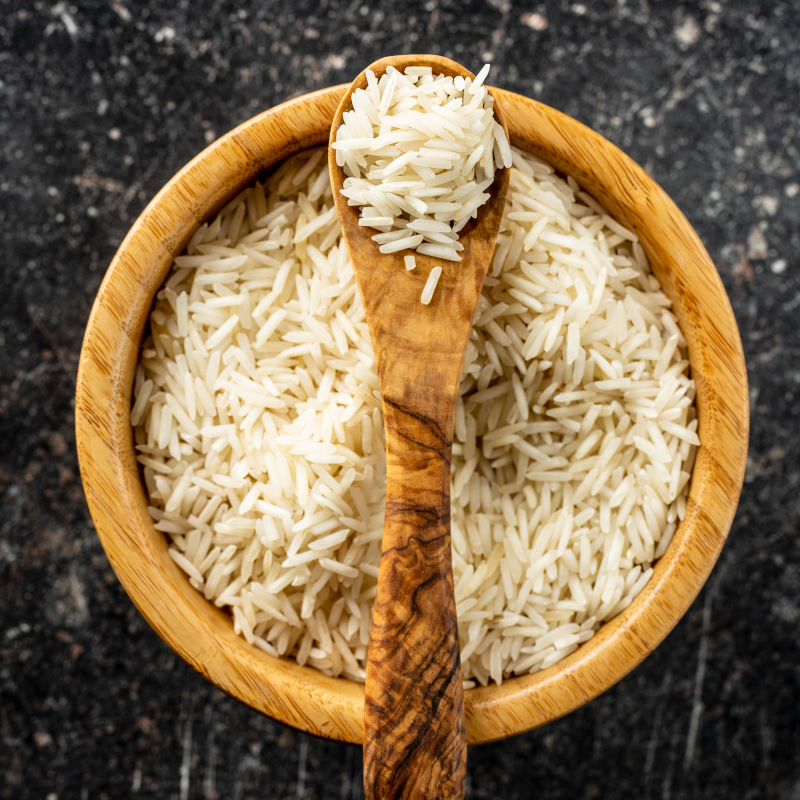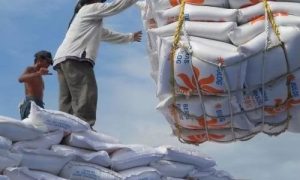Under-invoiced Indian rice exports come under Customs officials’ scrutiny

Customs authorities in the Chennai region have begun to scrutinise white rice exports that have been shipped below $300 a tonne in view of alleged under-invoicing.
These shipments were particularly made after September 9, 2022, when the government imposed a 20 per cent export duty on white rice and barred shipments of broken rice.
A major part of the exports set sail from Chennai or Tuticorin ports. Similar shipments have taken place from Jawaharlal Nehru Port Trust, Mumbai, and Mundra Port, Gujarat.
Main destinations
The under invoicing has been taking place at a time when southern States, particularly Tamil Nadu and Karnataka, are facing shortages to supply subsidised rice through the public distribution system.
Data made available to businessline show that 2.63 lakh tonnes of white rice have been shipped below $300 a tonne at least until May 10 this year.
Of the 2.63 lakh tonnes, most of the consignments have headed to Sri Lanka, Madagascar, Singapore, and an unknown destination. Trade sources said there is “clear under invoicing” as Indian rice prices were quoted above $350 during the period. This amounts to about 1.5 per cent of the 17 million tonnes (mt) of non-basmati rice a year.
When contacted on the under-invoicing, a Chennai customs official said he has been asked to investigate the issue. On October 11, 2020, businessline reported that white rice exports were being under-invoiced to overcome the duty impact.
Money laundering alleged
Trade sources allege that the under invoicing has been done to facilitate “hawala” transactions, particularly shipments to destinations where money laundering can be done easily.
“Had customs people worked the export price backward, they would have found it under valued,” said a trade source who did not wish to be identified.
In one of such exports, a trader tried to find out the importer and found no such company existed at the given address in Singapore.
“There could be issues of national security too in these under invoicing of rice exports. Also, when some States are running from pillar to post looking to supply rice through ration shops, some exporters are shipping below $300 a tonne,” said the trade source.
Generic brands shipped
The under-invoiced shipments defeated the objective of curbing exports to ensure the country’s food security. Moreover, it led to losses to the exchequer too, sources said.
“The circumvention of export duty on white rice by fly-by-night exporters is a case study on the ineffectiveness of restraining the export supply,” said the trade source.
Such exports “compromised on the quality and image of Indian origin rice,” and in some cases the bags mentioned consignments as “best fine rice” without defining it as white or parboiled rice, which is allowed duty-free.
Some bags were labeled in foreign languages such as Bahasa or Thai, and they also carried generic brand names such as “Cycle”, “Apple”, “Bullet” and “3 Roses”, trade sources said.
Why curbs on exports
Trade sources said these exports support the Government’s case to impose a blanket ban or allocate shipment quota. They said this shipments calls for adopting policy measures to meet the Government’s policy objectives.
On September 9, 2002, the Centre curbed rice exports as it feared that kharif production could be affected by deficient rains in key growing areas in eastern parts. However, the Agriculture Ministry has projected a record rice production of 135.5 mt in its third advance estimate.
Data from Agricultural and Processed Food Products Export Development Authority show non-basmati rice exports in the 2022–23 fiscal increased to 17.78 mt, valued at $6.35 billion, compared with 17.26 million tonnes,valued at $6.12 mt.














